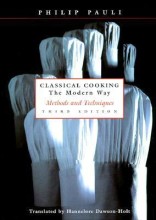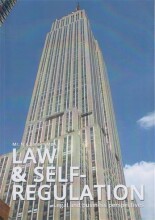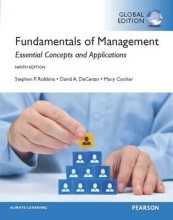Food and beverage operations and management - The hospitality industry and its products
26 important questions on Food and beverage operations and management - The hospitality industry and its products
What are the 4 dimensions of the hotel industry's products that should be taken into account?
2. Perishability: the inability to sell tomorrow the rooms or restaurant seat which were not occupied today.
3. Inseparability: services cannot be separated from their providers.
4. Variability: the potential for highly variable procedural execution and level of conviviality.
What are the 4 dimensions that affect the provision of the f&b product?
2. Ease of duplication: the core of the product is the most easily duplicated. The procedural aspects of service are less so, and the convivial aspects the least easy to duplicate.
3. Demand variation: sustaining consistency of the product within fluctuations is a major challenge for the hospitality operator.
4. Difficulty of comparison: the intangible elements of the service product make direct comparison of the service product difficult.
What are the 3 comparators that customers use when purchasing?
2. Experienced qualities: attributes that can be identified only after consumption.
3. Credence qualities (geloofwaardigheidskwaliteiten) : attributes that customers may find impossible to evaluate because of a lack of experience, knowledge or evaluative skills.
- Higher grades + faster learning
- Never study anything twice
- 100% sure, 100% understanding
What is cost provision?
What is a bistro?
What is casual dining?
What is fine dining?
What is country house hotel cooking?
What is farm house cooking?
What are first class restaurants?
What is fusion/eclectic cuisine?
What are International destination restaurants?
What is molecular gastronomy?
What is new wave brasserie (gastrodome)?
What is new/modern British/French style?
What are public houses? Gastro pubs.
What is a restaurant?
What are wine bars?
What are the 3 types od markets in which operations may be meeting demand?
2. Non-captive markets: those people who have a free choice of establishments.
3. Semi-captive markets: where there is some restrictions e.g. People travelling by air who have a choice of airline but once the choice is made, are restricted to the food and drink on offer.
What are the 5 sets of satisfaction that a customer receives from a food service experience?
2. Economic needs: staying within a certain budget, wanting good value, a convenient location or fast service.
3. Social needs: being out with friends, business colleagues or attending special functions such as weddings.
4. Psychological needs: responding to advertising, wanting to try something new, fulfilling life-style needs or satisfying or fulfilling the need for self-esteem.
5. Convenience needs: it may not be possible to return home or there may be the desire for someone else to prepare, serve and wash up.
What are the 2 sets of dissatisfaction that a customer can receive from a food service experience?
2. Uncontrollable: e.g. Behaviour of other customers, the weather, and transport problems.
What is the core product?
What are the tangible elements?
What might include in the augmentation in the food service industry? (11)
2. Ordering/booking convenience
3. Reliability
4. Provision of special foods
5. Cooking to order
6. Home deliveries
7. Availability of non-menu items
8. Entertainment
9. Privacy/discretion
10. Acceptance of credit cards
11. Availability of account facilities.
These various elements are often drawn together with the core and tangible elements under the heading the 'meal experience' concept.
What are the 7 reasons for eating out?
2. Variety
3. Labour
4. Status
5. Culture/tradition
6. Impulse
7. No choice
What are the 2 parts of the decision to eat out?
2. The decision as to what type of experience is to be undertaken.
The question on the page originate from the summary of the following study material:
- A unique study and practice tool
- Never study anything twice again
- Get the grades you hope for
- 100% sure, 100% understanding
































